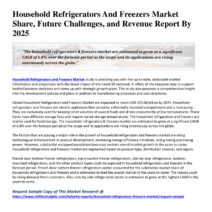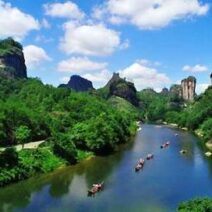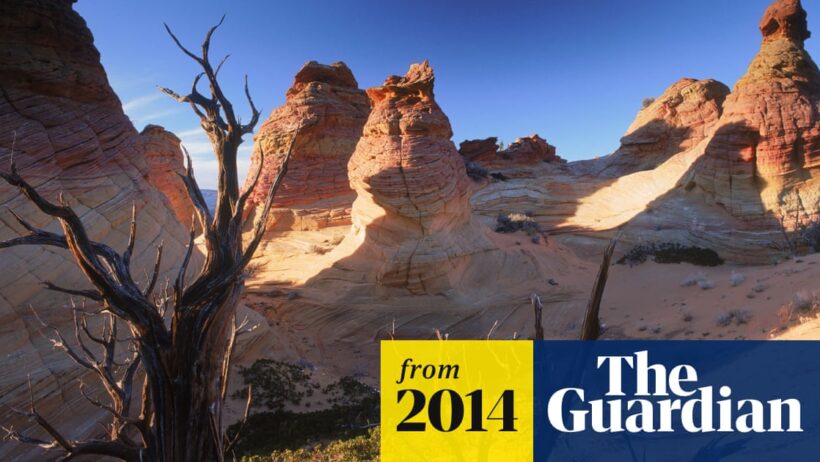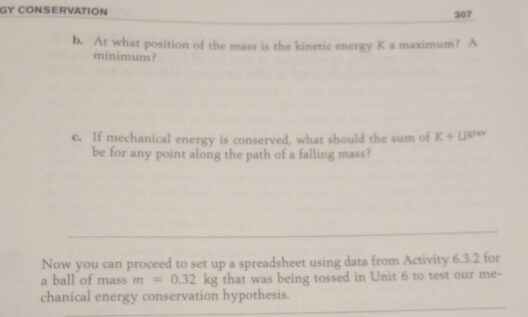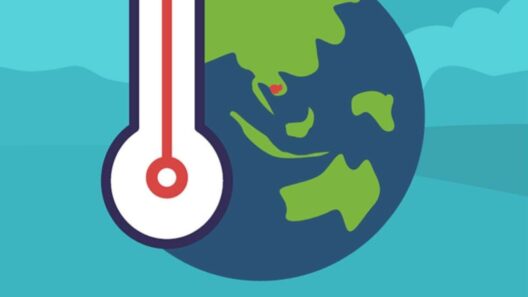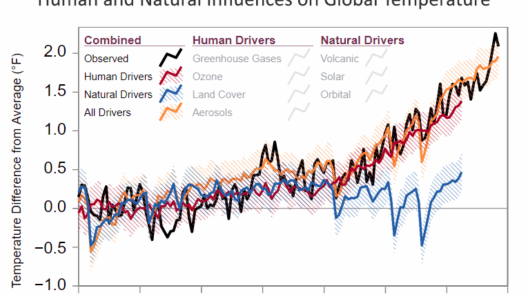In the grand tapestry of Earth’s history, climate change has played a pivotal yet often misunderstood role. Like a masterful painter wielding a brush, nature has undergone ebbs and flows of temperature, moisture, and atmospheric shifts over millennia. Yet, the current narrative surrounding climate change often presents it as a contentious battle of opinions, rife with misconceptions and myths. To navigate this complex landscape, one must dissect the intricate interplay between natural climatic shifts and anthropogenic influences.
Natural climate variability has existed long before humanity walked the Earth, but what does this mean for the current climate crisis?
The Greenhouse Effect: Nature’s Gift or Humanity’s Bane?
At the heart of climate discussion lies the greenhouse effect, a phenomenon both natural and essential for life. It’s akin to a well-crafted greenhouse, allowing sunlight to enter while trapping heat to sustain the delicate balance within. Without this effect, our planet would be inhospitably cold, layered in frost, a barren expanse devoid of life. Carbon dioxide and methane, two key players in this effect, contribute to warmth. Historically, these gases fluctuated in concert with natural events, such as volcanic eruptions or glacial cycles. However, just as a gardener must be cautious about overwatering their plants, the accumulation of these gases due to human activity has rapidly intensified the greenhouse effect.
Understanding the difference between natural variations and anthropogenic contributions is essential. Natural cycles, such as the Milankovitch cycles, influence Earth’s climate through variations in its orbit and axial tilt. These cycles entail shifts happening over tens of thousands of years, affecting seasonal sunlight distribution. In contrast, the current rise in greenhouse gas concentrations is unprecedented in speed and scale, with levels rising more than 40% since the Industrial Revolution. This drastic change raises questions: What happens when the natural balance is toppled by human intervention?
The Climate’s Historic Dance: Glacial and Interglacial Periods
Climate change has historically been a gentlemanly dance between glacial and interglacial periods, with Earth swaying between long cycles of frigid ice ages and warmer epochs. Every cycle has shaped ecosystems, influenced agriculture, and even shifted human civilizations. The last glacial maximum occurred roughly 20,000 years ago, and the transition to the current Holocene epoch witnessed profound transformations in flora, fauna, and human society. But the dance floor has altered dramatically; while nature pirouetted gracefully around gradual climatic transitions, human industry barged in with an audacious improvisation.
An intriguing metaphor arises here: climate change is akin to a riveting symphony, with each instrument representing different elements of Earth’s climate system. Natural forces play their parts harmoniously, yet when humanity contributes discordant notes through burning fossil fuels and deforestation, the entire composition falters. This cacophony disrupts ecological equilibria, leading to consequences that reverberate through air, land, and water.
Can We Blame Nature? The Unraveling Myths
One persistent myth is that the recent uptick in global temperatures is simply a product of natural variability. While it is true that phenomena such as El Niño and La Niña cycles can cause short-term climate fluctuations, the overarching trend of rising temperatures defies this simplistic narrative. Climate change deniers frequently utilize weather anomalies and historical climate events to cast doubt on established science. However, the reality is far more nuanced, akin to examining a vast mosaic where each tile represents an intricate piece of data.
Furthermore, the argument that since volcanoes and solar activity have historically influenced climate overlooks the rapid rate of current warming. Scientific consensus, backed by peer-reviewed studies, indicates that while natural forces wield significant power, anthropogenic activities now exert influence at an unprecedented scale, overshadowing natural variations. Just as a tipping point compels a scale to cascade into balance, our actions will tip the balance toward irreversible climate changes.
Mitigation and Adaptation: Charting a New Course
Recognizing that current climate change is fueled by both natural processes and human actions necessitates a call to arms for mitigation and adaptation strategies. Rather than dwelling in despair, society must embrace innovative solutions, akin to gardeners nurturing a garden that has become overrun by invasive weeds. Renewable energy sources, such as solar and wind, must be prioritized, and energy efficiency must be woven into the fabric of urban design. Additionally, reforestation and sustainable agriculture practices can restore ecological balance.
Enlightenment also arises from community resilience through education and awareness. It is imperative that society understands climate science, making informed choices that can influence policy. By fostering stewardship and nurturing a connection to nature, individuals can contribute to a collective movement towards sustainability.
In the grand narrative of our planet, climate change stands not merely as an environmental challenge, but as a reflection of our values and priorities. Separating fact from myth demands discernment, yet amidst the chaos, opportunities for transformation emerge. As we heed the lessons of history and the urgency of the present, we find ourselves equipped not only with the means to combat climate change but with the profound responsibility to safeguard Earth for generations to come.
